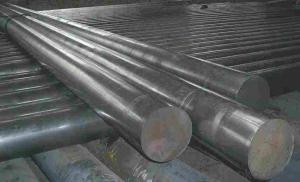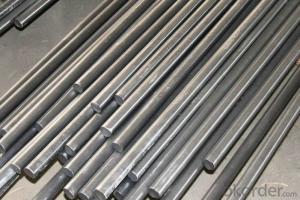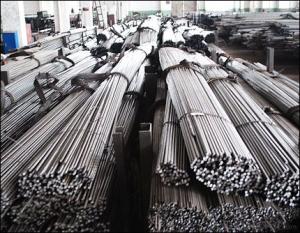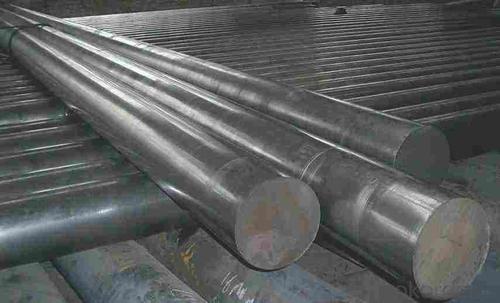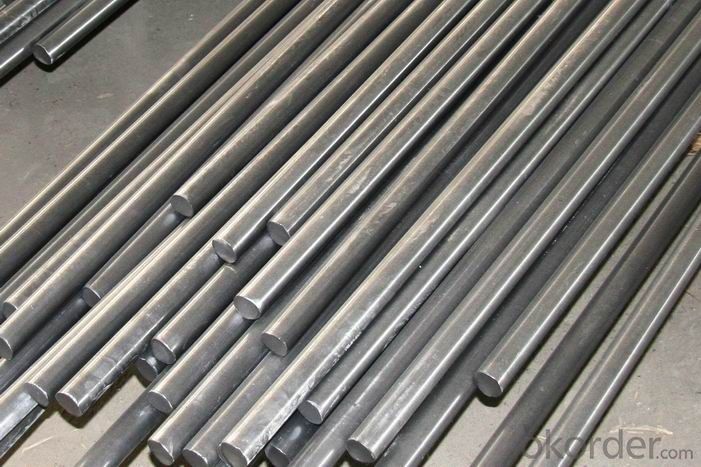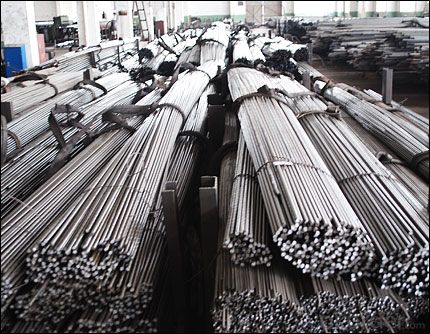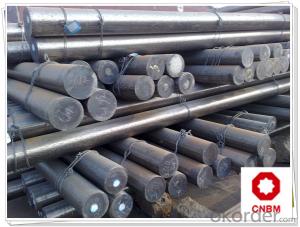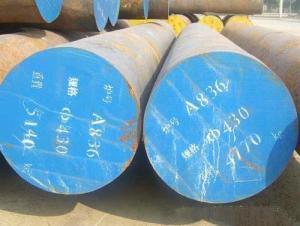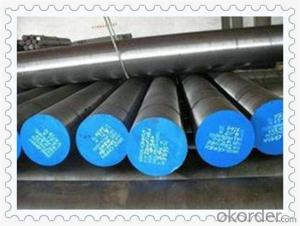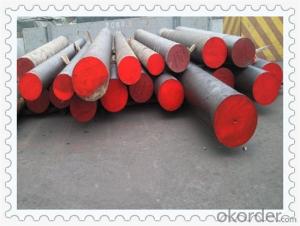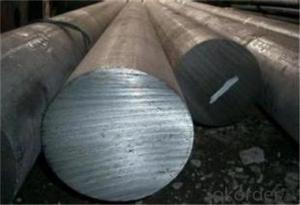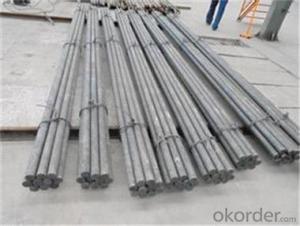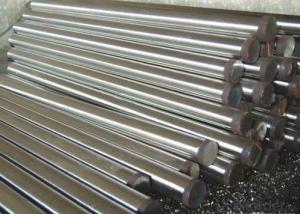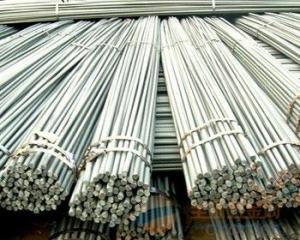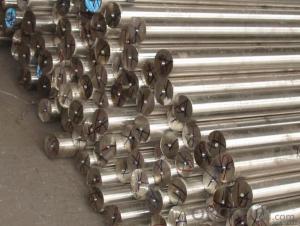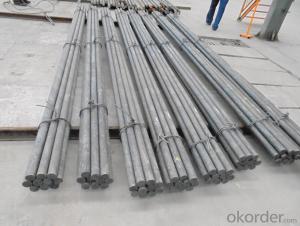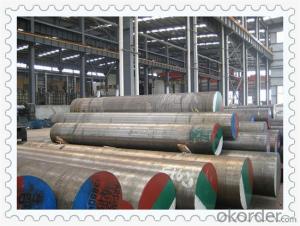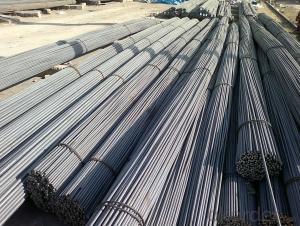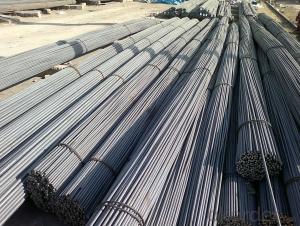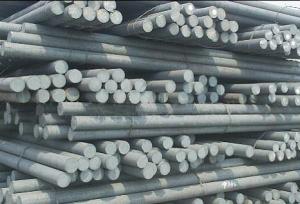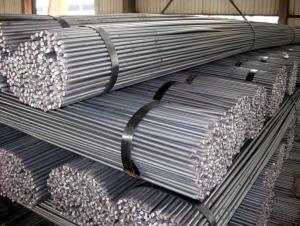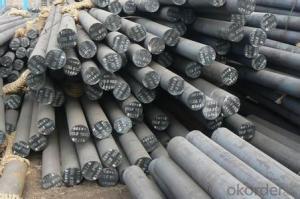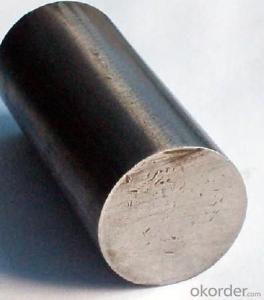6mm*0.222kg/m round bar for construction RB
- Loading Port:
- Tianjin
- Payment Terms:
- TT or LC
- Min Order Qty:
- 25 m.t.
- Supply Capability:
- 100000 m.t./month
OKorder Service Pledge
OKorder Financial Service
You Might Also Like
Product Description:
OKorder is offering 6mm*0.222kg/m round bar for construction RB at great prices with worldwide shipping. Our supplier is a world-class manufacturer of steel, with our products utilized the world over. OKorder annually supplies products to European, North American and Asian markets. We provide quotations within 24 hours of receiving an inquiry and guarantee competitive prices.
Product Applications:
6mm*0.222kg/m round bar are ideal for structural applications and are widely used in the construction of buildings and bridges, and the manufacturing, petrochemical, and transportation industries.
Product Advantages:
OKorder's round bar are durable, strong, and resist corrosion.
Main Product Features:
· Premium quality
· Prompt delivery & seaworthy packing (30 days after receiving deposit)
· Corrosion resistance
· Can be recycled and reused
· Mill test certification
· Professional Service
· Competitive pricing
Product Specifications:
Specifications of High Quality Round Bar
1. Grade: GB, JIS, ASTM, EN
2. Grade: Q235, SS400, A36, S235JR
3. Diameter and mass: As below
Diameter | Mass | Diameter | Mass | Diameter | Mass |
(mm) | (kg/m) | (mm) | (kg/m) | (mm) | (kg/m) |
6 | 0.22 | 22 | 2.98 | 53 | 17.30 |
7 | 0.30 | 24 | 3.55 | 56 | 19.30 |
8 | 0.40 | 25 | 3.85 | 60 | 22.20 |
9 | 0.50 | 26 | 4.17 | 63 | 24.50 |
10 | 0.62 | 28 | 4.83 | 65 | 26.00 |
11 | 0.75 | 30 | 5.55 | 70 | 30.20 |
12 | 0.89 | 32 | 6.31 | 75 | 34.70 |
13 | 1.04 | 34 | 7.13 | 80 | 39.50 |
14 | 1.21 | 36 | 7.99 | 85 | 44.50 |
15 | 1.39 | 38 | 8.90 | 90 | 49.90 |
16 | 1.58 | 40 | 9.86 | 95 | 55.60 |
17 | 1.78 | 42 | 10.90 | 100 | 61.70 |
18 | 2.00 | 45 | 12.50 | 120 | 88.85 |
19 | 2.23 | 48 | 14.20 | 140 | 120.93 |
20 | 2.47 | 50 | 15.40 | 150 | 138.82 |
4. Material: Mild Steel
5. Heat treatment of high quality steel:
Fire: Isothermal annealing temperature is 800 ~ 880 °C, with 10 ~ 20 °C, the furnace cooling to about 600 °C, hardness above HB269.
Preheat temperature: 730-730 °C
Quenching temperature: 1190-1210 °C
Tempering temperature: 540-595 °C
Cold drawn, hardness 285 HBS
Cold drawn after annealing condition, hardness 277 HBS
Quenching methods: oil quenching, air cooling or salt bath quenching
Usage and Applications of High Quality Round Bar
1) Suitable for making various strong cutting tool abrasion resistance, impact resistance.
2) Used to produce all kinds of high hard and super hard saw blade, drill, tap, broach, gear hob and various kinds of milling cutter.
3) Used for advanced punching die, screw die, and the toughness and complicated shape of the punch, etc.
4) Is used for cold forging die and drawing mode, etc.
5) Recommended watchcase factory, screw factory and other cold stamping products industry use.
Packaging & Delivery of High Quality Round Bar
Packaging Detail: All goods are packed in bundle with steel strips and shipped by break bulk vessel or container (depend on target market and different ports)
Delivery Detail: 45 days
Trade terms: FOB, CFR, CIF
MOQ: 25 tons per specification; we can negotiate the quantity if the specification is normal or we have stock of one specification.
Weight: The price invoicing on theoretical weight basis or actual weight basis depends on customer’s request.
Shipment: The shipment of bulk break or container is depends on customer’s request and the situation of the port of destination.
Documents given: Full set of original clean on board bill of lading; Original signed commercial invoice; Original packing list; Policy of insurance; Certificate of origin and what the target market needs.
Production Flow of High Quality Round Bar
The common processes are preheated forging quenching, dual refinement solution process, cooling quenching and isothermal quenching. We use heat treatment for dual refinement solution process. The main measures process is high temperature solution and refinement cycle. High temperature solution can improve the carbide morphology and particle size. The aim is to make the loop refinement ultrafine austenite grains.
FAQ:
Q1: How do we guarantee the quality of our products?
A1: We have established an advanced quality management system which conducts strict quality tests at every step, from raw materials to the final product. At the same time, we provide extensive follow-up service assurances as required.
Q2: Can stainless steel rust?
A2: Stainless does not "rust" as you think of regular steel rusting with a red oxide on the surface that flakes off. If you see red rust it is probably due to some iron particles that have contaminated the surface of the stainless steel and it is these iron particles that are rusting. Look at the source of the rusting and see if you can remove it from the surface.
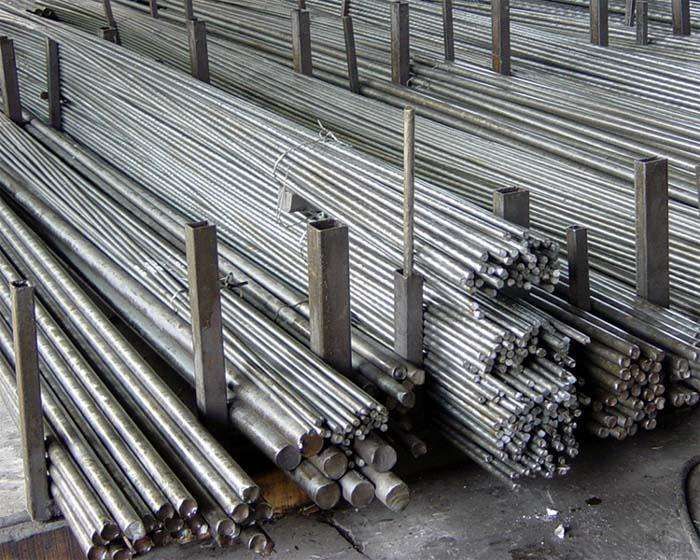
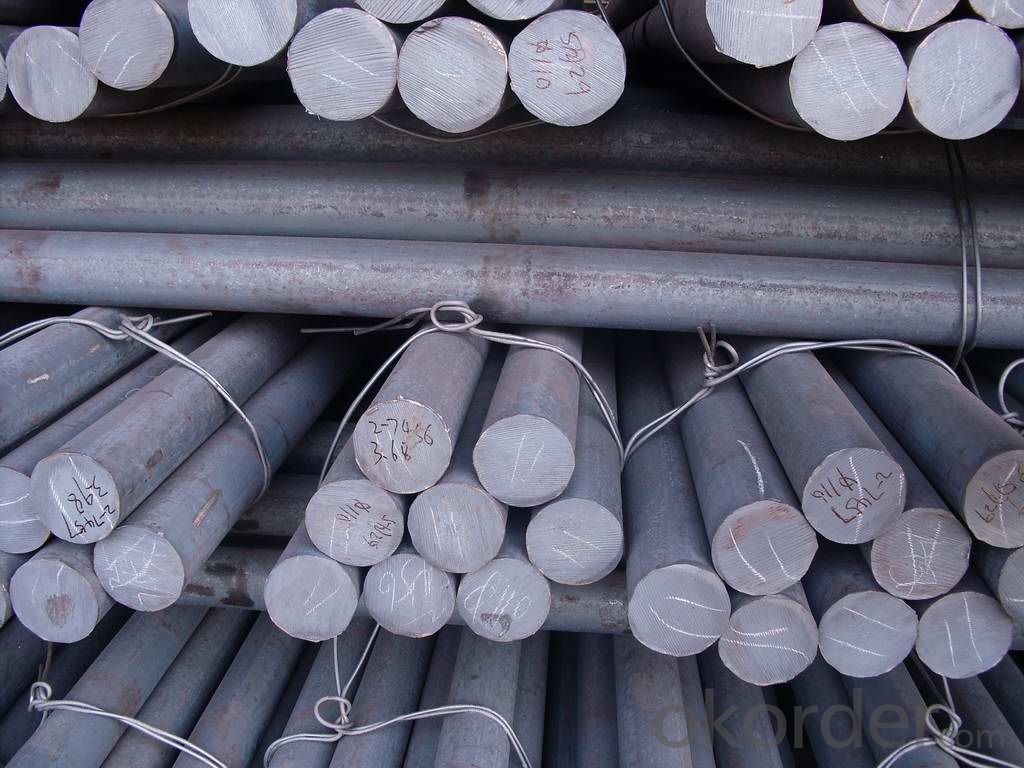
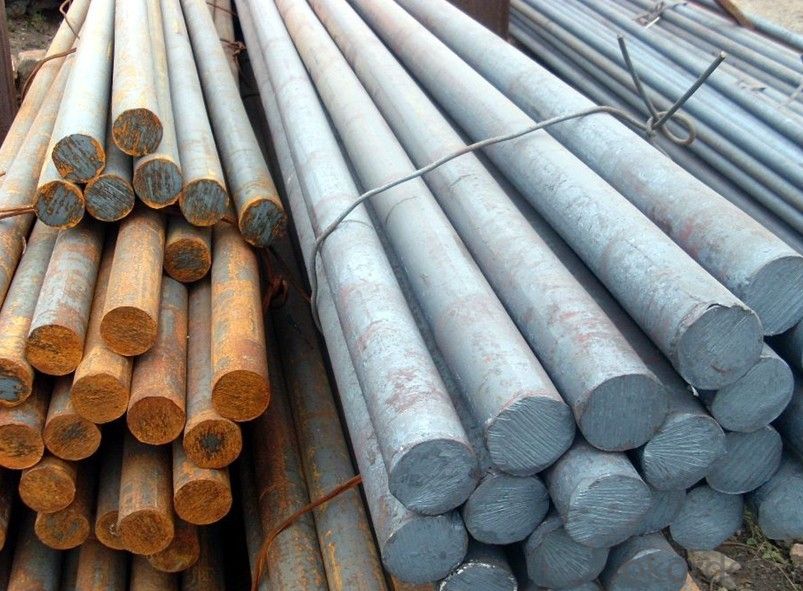
- Q: Can steel round bars be used for decorative purposes?
- Yes, steel round bars can be used for decorative purposes. They can be incorporated into various architectural and interior design projects to add a modern and industrial aesthetic. Steel round bars can be shaped, bent, and welded to create unique and eye-catching pieces such as furniture, sculptures, railings, and decorative accents. Their sleek and metallic appearance can complement different styles and design themes, making them a versatile choice for decorative purposes. Additionally, steel round bars are durable and long-lasting, ensuring that the decorative elements will withstand the test of time.
- Q: What are the different types of steel round bar heat treatments?
- Some common types of heat treatments for steel round bars include annealing, normalizing, quenching and tempering, and case hardening.
- Q: How many roots are there in a standard ton of steel and how many meters are there in a steel bar?
- See more big steel bar, there is theoretical weight. After all, rebar is threaded, and round steel is also used.
- Q: Can steel round bars be used in the manufacturing of agricultural equipment?
- Yes, steel round bars can be used in the manufacturing of agricultural equipment. Steel round bars are commonly used in the construction of various types of agricultural machinery and equipment due to their strength, durability, and versatility. They can be used to make components such as axles, shafts, and pins, which are essential for the proper functioning of agricultural equipment. Steel round bars offer high tensile strength, which makes them capable of withstanding heavy loads and harsh working conditions typically encountered in agricultural operations. Additionally, steel round bars can be easily machined, welded, and formed into different shapes and sizes, providing flexibility in manufacturing agricultural equipment to meet specific requirements. Overall, the use of steel round bars in the manufacturing of agricultural equipment ensures reliable and long-lasting performance, making them a preferred choice for the industry.
- Q: Cold drawn steel wire is a round bar or thread steel in Construction Engineering?
- Cold drawn steel wire should be the same as round steel and thread steel! Their forming process and the meaning of the place used are different, and the quota is also different, cold drawn steel wire is cold drawn steel wire, strictly speaking, there is no mix together.
- Q: Difference between round bar and threaded steel in use.
- Because the surface has a thread shape, it can increase the firm bond with the concrete. The longitudinal reinforcement and stirrups shall be used preferentially in the concrete members.
- Q: What are the advantages of using nickel-lead alloy steel round bars?
- There are several advantages of using nickel-lead alloy steel round bars. Firstly, these bars have excellent corrosion resistance properties, making them suitable for applications in harsh environments or corrosive substances. Secondly, the addition of nickel and lead enhances the machinability of the bars, allowing for easier shaping and forming processes. Additionally, nickel-lead alloy steel round bars exhibit good strength and durability, making them suitable for high-stress applications. Lastly, these bars offer good thermal and electrical conductivity, making them ideal for applications that require heat transfer or electrical conduction.
- Q: Can steel round bars be used in the oilfield equipment industry?
- Yes, steel round bars can be used in the oilfield equipment industry. Steel round bars are commonly used in the manufacturing of various components and structures in the oilfield equipment industry due to their strength, durability, and resistance to corrosion. These bars are often utilized in the construction of drilling tools, pipe fittings, valves, and other equipment needed for oil exploration, extraction, and transportation.
- Q: What are the different grades of tool steel round bars?
- There are several different grades of tool steel round bars, including A2, D2, O1, S7, and H13. Each grade has its own unique properties and is suitable for specific applications in the manufacturing and machining industries.
- Q: What is the mechanical properties of No. 40 round bar?
- There are 20 kinds of steel classification: carbon steel, alloy steel, carbon structural steel, special purpose and so on. Look at the questions this afternoon and find out about the books. Which type of steel do you ask? This is not clear, I gave up the answer, and then I see your this question.
Send your message to us
6mm*0.222kg/m round bar for construction RB
- Loading Port:
- Tianjin
- Payment Terms:
- TT or LC
- Min Order Qty:
- 25 m.t.
- Supply Capability:
- 100000 m.t./month
OKorder Service Pledge
OKorder Financial Service
Similar products
Hot products
Hot Searches
Related keywords
